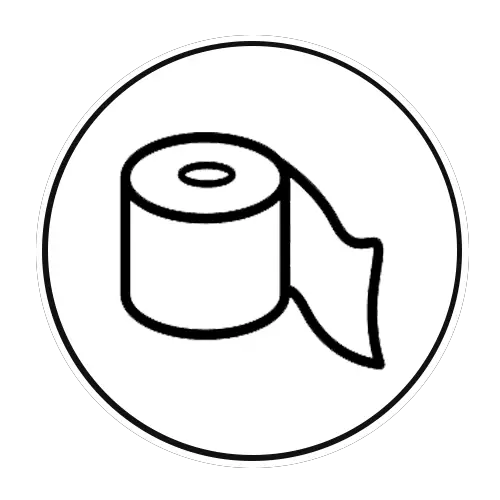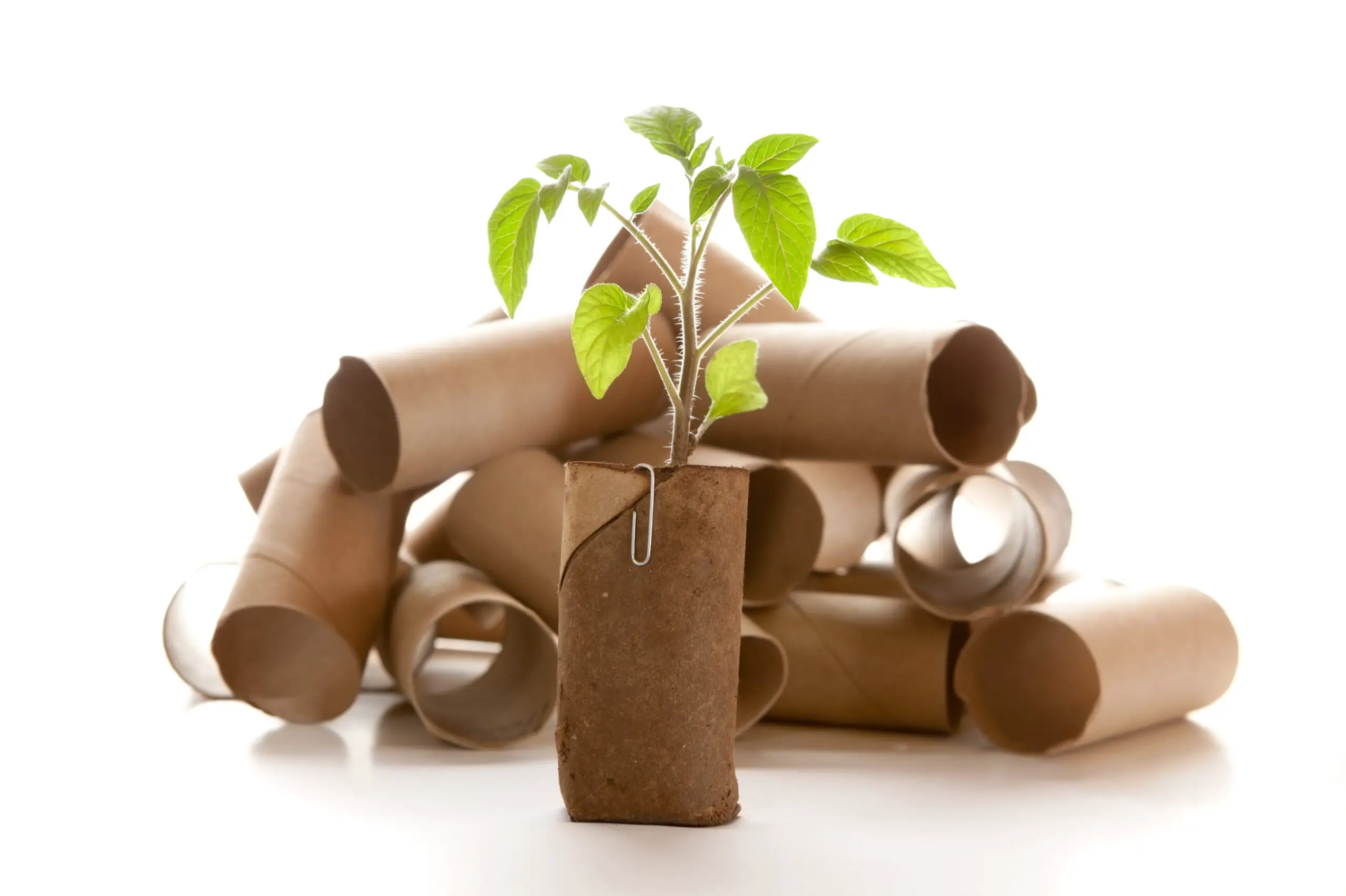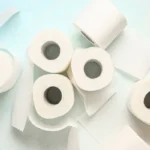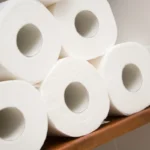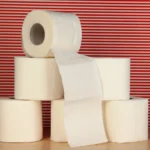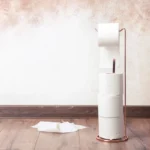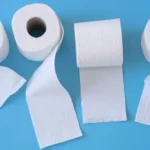Are you looking for an eco-friendly option for your home? Have you tried eco-friendly toilet paper but aren’t sure if it’s better for the environment than regular tissue products? You’re not alone! Many people are trying to live sustainably, including how we use our bathrooms.
But there are many options regarding which types of toilet paper are best for the environment—and beyond just being environmentally friendly, they can also impact your health. So what should you choose?
In this guide, we’ll go over everything you need to know about eco-friendly toilet paper: Why it matters (because of trees!), what types exist today, and what each one does differently (including septic tank safe options), plus my top picks for brands that offer both biodegradable or compostable *and* flushable varieties.
How does toilet paper affect the environment?
Most people don’t think about the environmental impact of using toilet paper. It’s not something that comes to mind when sitting on the potty. But if you think about it, you may notice some adverse effects of using regular toilet paper.
One big concern is water consumption. Making one roll of commercial toilet paper requires three gallons of water! That’s enough to fill up a medium-sized kiddie pool (or at least half-fill one). Due to a large portion of the world’s forests producing paper products like this, it takes a lot of water to manufacture them.
Additionally, manufacturing processes require lots more energy than making other kinds of disposable goods like napkins or tissues. Which means more greenhouse gas emissions from factories and power plants! Building materials also add up quickly: The average American uses roughly 200 rolls per year which adds up to over $200 per year just for someone who lives alone – enough value there alone that would buy several months’ worth if we were looking only at current costs going down tomorrow morning 🙂
Why are tree clearings a big deal?
You might not have given much thought to it, but trees are an integral part of the earth’s ecosystem. They provide shade and shelter for wildlife, act as natural air filters, and help regulate the climate. So when we clear-cut forests, we remove all those essential benefits from our planet.
But what about recycled toilet paper? Isn’t that eco-friendly?
Recycled toilet paper is not eco-friendly. Recycled toilet paper comes from recycled paper, but converting it into rolls of toilet paper is far less sustainable than truly circular manufacturing processes.
This is because when you recycle a roll of toilet paper, you’re not recycling the same materials. Instead of using virgin pulp, manufacturers use an industrial byproduct (which might even come from non-recyclable sources!) to make new rolls. In this case, “recycling” means taking something that isn’t broken and making another thing out of it—not reducing our overall consumption footprint.
Though some people think it’s okay to flush down the toilet because they can’t see any fibres in their sewage system or plumbing pipes after doing so, this isn’t true either: We do know that some companies have started making their products flushable—which means they break apart when flushed—but if you have an older septic tank or drain line in your home, these new flushable products could cause problems for your entire household’s pipes!
What’s the best toilet paper to buy if I want to be environmentally conscious?
If you’re looking for environmentally friendly toilet paper, there are a few options. Bamboo is an excellent choice because it’s more sustainable than most other toilet paper. Recycled and septic tank-safe brands are also very environmentally conscious since they reduce waste and don’t cause as much damage to the environment as regular toilet paper does.
How much toilet paper do humans use each year, anyway?
Did you know that Americans use about 6.8 billion rolls of toilet paper each year? That’s a lot of paper! But some things are even more surprising than the sheer volume—like how much it weighs or how many sheets we use each time we go to the bathroom.
Americans use about 20.8 pounds of toilet paper each year. That breaks down to 9.1 sheets per visit on average (assuming one person in the household). To put that in perspective, here are some other items that weigh less than a roll of toilet paper: an apple (4 ounces), an iPad Air 2 (1 pound), or an iPhone 5S (4 ounces).
Is it safe to flush regular toilet paper down the toilet?
The answer to this question is a resounding “it depends.” If you have a septic tank and live in an area where it is safe to do so, it’s okay. However, if you are on a sewer system or live in an area that doesn’t allow flushing toilet paper (because of clogs or other problems), then it’s best to throw any used TP in the trash.
Recycled TP is also better for landfills because of its compact size and lack of bleaching agents.
What is eco-friendly toilet paper? How is it different from regular toilet paper and recycled tissue products?
So what is eco-friendly toilet paper? And how is it different from regular toilet paper and recycled tissue products?
Two main differences between these types of toilet paper are the materials they consist of and how you dispose of them.
Regular toilet paper uses wood pulp (a renewable resource), whereas septic-safe products use natural fibres like cotton or bamboo. This makes them better for the environment because they don’t require chemicals or additives during manufacturing, so there’s no need for excess water use in their production process. Also, good news for your wallet: septic-safe products tend to cost more than standard rolls of TP! (Unless you can find an online coupon code.)
The other significant difference between traditional and eco-friendly varieties is disposing of them properly after use; At the same time, most people would flush their used wipers down the drain without thinking twice about it—and doing so poses no danger whatsoever—you should never put anything but human waste down your home’s gutters or toilets!
Can you flush biodegradable wipes down the toilet, even if they claim they’re flushable and septic-safe?
You might have seen those flushable wipes in the bathroom or heard they’re septic-safe. The idea is that you can toss them into your toilet, and everything will be fine. But the reality is that septic systems will now handle biodegradable wipes because they don’t break down easily and often clog pipes. Some people have reported issues with backup sinks and toilets even when flushed correctly due to flushed wipes blocking drains.
Wipes can also cause sewage overflows if they get stuck somewhere along their journey through your home’s sewer system—and this happens more often than you might think! What is the best way to avoid these problems? Don’t flush any wipe down your toilet unless it specifically says on the packaging that it’s safe for sewers (and even then, make sure you’re disposing of them carefully).
Why would someone want to use unbleached toilet paper in their home? Is it better for you than bleached TP?
Bleached toilet paper is not a good idea for your health. The chlorine in the bleach can cause irritation, skin rashes, and even asthma attacks. It’s also likely to cause eye irritations, nosebleeds, and skin irritation if it gets too close to your face.
Enough with the chitchat; here’s my money; what brands do I need to consider?
Bim Bam Boo Toilet Paper
Bim Bam Boo toilet paper is 100% recycled, meaning that you can feel good knowing that your bathroom habits are not only reducing your impact on the environment but also helping to save forests.
It’s important to note that Bim Bam Boo toilet paper is made from 100% recycled paper, which means it doesn’t use any trees—and therefore avoids deforestation and habitat destruction. The company has pledged to plant one tree for every 50 rolls of Bim Bam Boo purchased!
Bim Bam Boo toilet paper is also free of chlorine bleaching (which can pollute waterways), biodegradable (meaning it breaks down naturally in landfills or composters), and septic tank safe (meaning it won’t clog up drains). FSC certified (meaning it’s responsibly sourced). And as a bonus: They’re vegan-friendly!
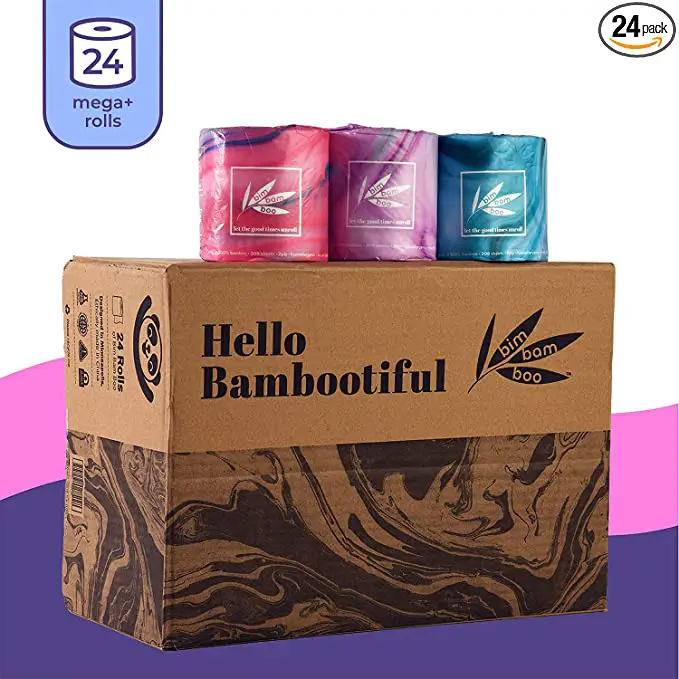
Cloud Paper Tree-free Toilet Paper
Cloud Paper Tree-free Toilet Paper uses 100% recycled paper. It comes in two varieties: Septic safe and biodegradable (so you can flush it down your home’s toilet) and compostable (which means you can throw it away with your garden waste).
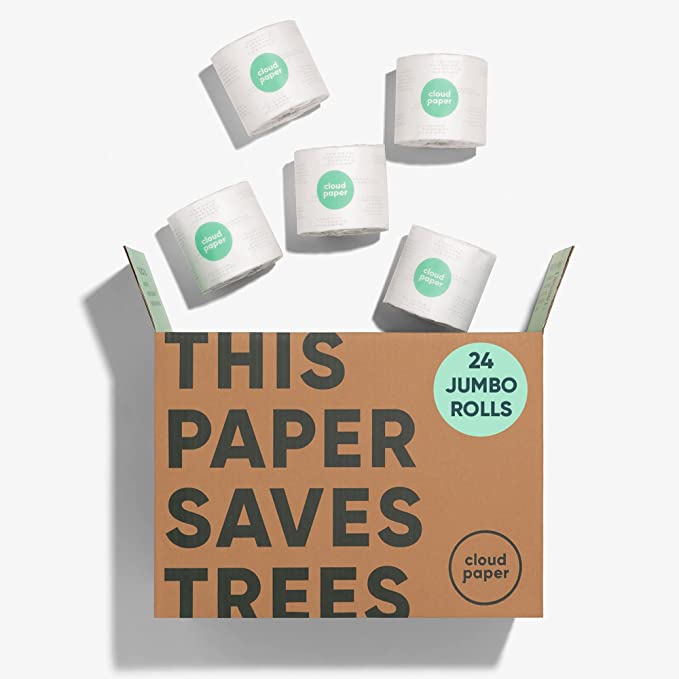
Who Gives a Crap 100% Recycled Toilet Paper
Who Gives a Crap toilet paper uses 100% recycled paper. But what does that mean? We’re glad you asked!
It’s not just any old recycled paper, but post-consumer recycled paper—meaning it is responsibly sourced from restaurants and grocery stores after being used by consumers. So when you use Who Gives a Crap toilet paper, you can feel good knowing that your contribution to reducing trash in landfills is even more effective than usual.
In addition to using recycled materials, Who Gives a Crap toilet paper is also septic tank safe! You won’t have to worry about clogs or backups; flush away!
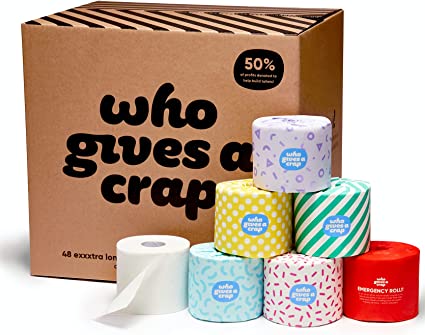
Marcal 100% Bath Tissue
Marcal is a brand of toilet paper that uses 100% recycled paper so that you can feel good about your purchase. It also contains no dyes, inks, or fragrances. If this sounds like the kind of toilet paper you want to use, then you might be able to find it at your local grocery store!
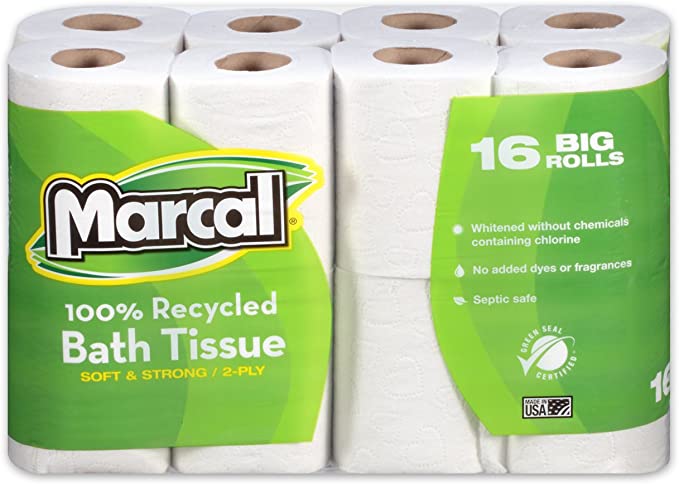
Betterway Bamboo Toilet Paper
This is the brand to get if you want to go all out. Betterway Bamboo Toilet Paper is 100% biodegradable, 100% renewable, 100% compostable, and chlorine free. It’s also tree free as well as recyclable, and septic tank safe. The paper itself is FSC certified and vegan-friendly. Its super soft texture makes it ideal for sensitive skin!
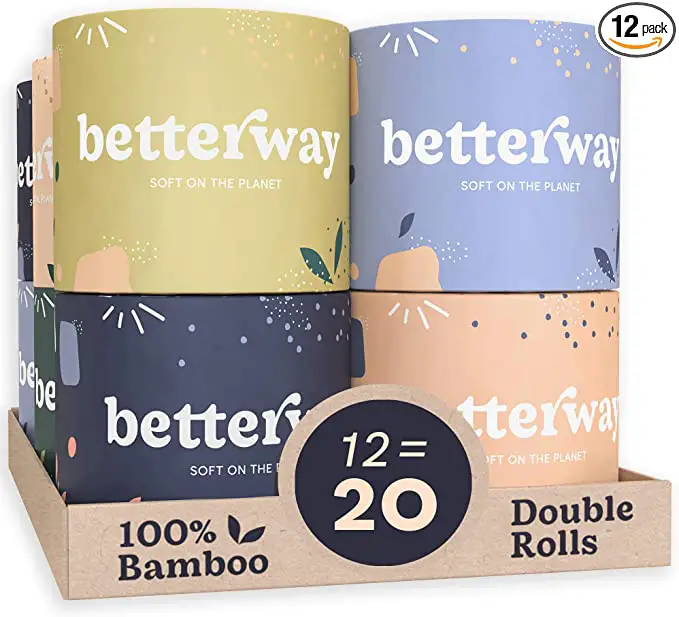
Caboo Tree-Free Bath Tissue
Caboo Tree-Free Bath Tissue is a toilet paper using 100% post-consumer and recycled waste. The toilet paper contains no dyes, inks, or fragrances and is certified septic tank safe. It’s also made entirely with chlorine-free bleaching.
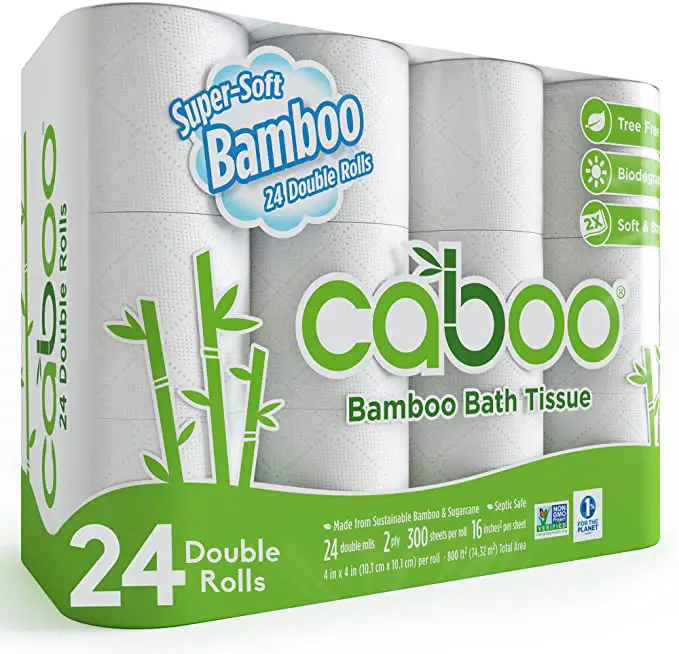
Seventh Generation Bathroom Tissue
Seventh Generation Bathroom Tissue uses 100% recycled paper, which is unbleached and contains no dyes or inks. It also does not contain chlorine, fragrances or lotions, added softeners, and VOCs (volatile organic compounds). Seventh Generation’s bathroom tissue is 100% biodegradable and compostable.
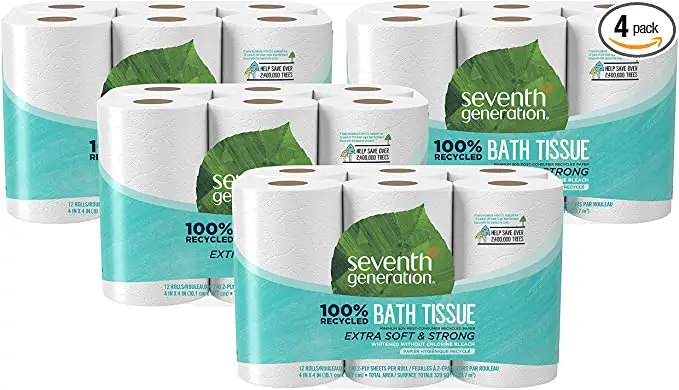
Conclusion
The next time you’re at the grocery store or drugstore, remember to think about what kind of toilet paper you want to buy. If you want to ensure you’re being eco-friendly and helping the planet, be sure it’s 100% recycled or uses tree-free tissue products. This will save trees, keep septic tanks healthy (since they won’t get clogged with too much fibre!), and minimize waste sent into landfills each year by reducing our consumption of disposable products like this one!
If you still want other options besides these eco-friendly toilet paper, you can explore biodegradable ones too!
